What Size AC Do You Need for Your Florida Home? A Complete Guide
What Size AC Do You Need for Your Florida Home? A Complete Guide
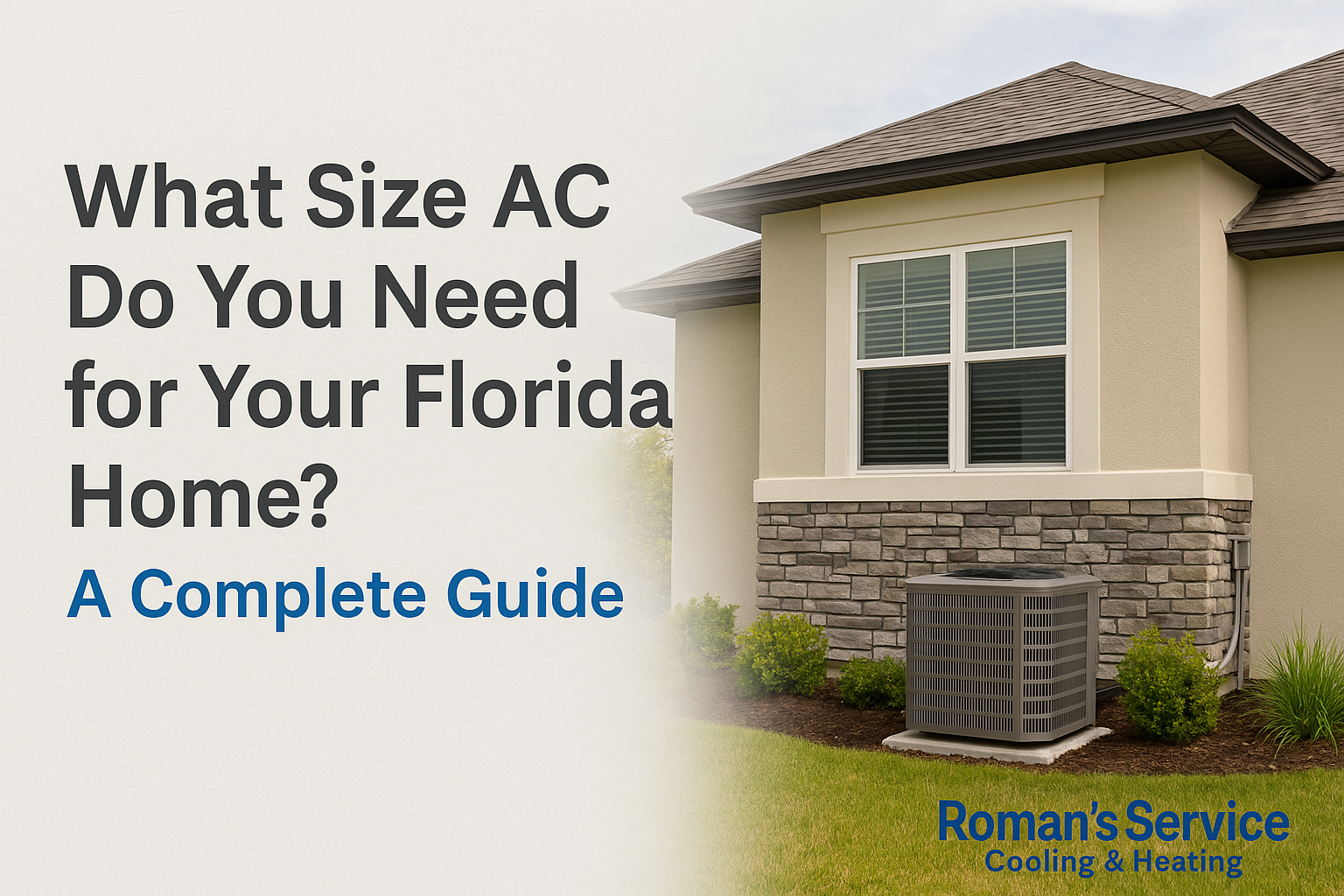
Living in Florida means year-round sunshine and high humidity, making air conditioning a must-have for every home. But here’s a common problem: many homeowners aren’t sure what size AC unit they really need. Too small, and your system will struggle. Too large, and you’ll waste energy (and money).
The good news? Finding the perfect AC size for your Florida home isn’t rocket science. With a little know-how—and help from the experts at Roman’s Service Cooling & Heating—you can keep your home cool, comfortable, and energy-efficient.
Why AC Size Matters in Florida
Air conditioning isn’t just about cooling; it’s about balancing comfort and efficiency. The size of your AC unit directly affects:
- Cooling performance – A unit that’s too small will run constantly without reaching the desired temperature.
- Energy bills – An oversized unit will cool quickly but cycle on and off, leading to wasted energy.
- Humidity control – In Florida’s sticky climate, the wrong AC size can leave your home damp and uncomfortable.
- System lifespan – Improperly sized units experience extra wear and tear, meaning more repairs and a shorter life.
How AC Size is Measured
Air conditioners are measured in tons—not weight, but cooling capacity. One ton equals the ability to remove 12,000 BTUs (British Thermal Units) per hour from your home.
- A 2-ton unit cools 24,000 BTUs/hour.
- A 3-ton unit cools 36,000 BTUs/hour.
- Most Florida homes require between 2 to 5 tons, depending on square footage and other factors.
Rule of Thumb: Square Footage vs. AC Size
A general guideline for Florida homes is:
Home Size (sq. ft.)
Recommended AC Size
600 – 1,000 sq. ft.
1.5 – 2 tons
1,000 – 1,500 sq. ft.
2 – 2.5 tons
1,500 – 2,000 sq. ft.
3 tons
2,000 – 2,500 sq. ft.
3.5 – 4 tons
2,500 – 3,000 sq. ft.
4 – 5 tons
👉 Keep in mind, this is a starting point. Other factors can change the exact size you’ll need.
Factors That Affect AC Sizing in Florida
- Insulation & Windows
Poor insulation or older, single-pane windows let cool air escape, meaning you may need a larger unit. - Ceiling Height
A 1,500 sq. ft. home with 10-foot ceilings has more air volume than one with 8-foot ceilings. - Sunlight Exposure
South-facing homes or properties with little shade heat up faster, requiring more cooling power. - Number of Occupants
More people generate more heat indoors, which increases cooling demand. - Ductwork Efficiency
Leaky or poorly designed ducts can waste cool air, making even the right-sized AC underperform.
The Problem with Oversized AC Units
Some homeowners think bigger is better, but oversizing comes with drawbacks:
- Short cycles that don’t properly remove humidity
- Uneven cooling (some rooms too cold, others too warm)
- Higher upfront costs and wasted energy
- More frequent repairs due to constant cycling
That’s why Roman’s Service Cooling & Heating carefully calculates the right unit size instead of guessing.
How Professionals Calculate AC Size
HVAC professionals use a Manual J load calculation, which considers:
- Square footage
- Insulation levels
- Window type and placement
- Duct system design
- Florida’s specific climate zone
This ensures you get an AC unit that’s custom-fitted to your home’s exact needs.
Why Trust Roman’s Service Cooling & Heating?
With over 830 five-star reviews, Roman’s Service Cooling & Heating is the go-to HVAC company in North Port, Sarasota, and Charlotte counties.
They provide:
- ✅ Accurate Manual J load calculations
- ✅ Energy-efficient AC installations
- ✅ 24/7 emergency repair service
- ✅ Maintenance plans to extend AC lifespan
💡 Learn more about their AC services here: Roman’s Service Cooling & Heating.
FAQs About AC Sizing in Florida
Q1: Can I just use the square footage chart to pick my AC?
Not always—charts are guidelines, but the experts at
Roman’s Service Cooling & Heating perform precise
Manual J load calculations to recommend the exact size you need.
Q2: What happens if my AC is too small?
A too-small system will run constantly, increase energy bills, and still leave your home uncomfortable. Roman’s Service specializes in
right-sized installations to prevent this problem.
Q3: Is a bigger AC better in Florida?
No—oversized units short cycle and fail to remove humidity properly. That’s why
Roman’s Service Cooling & Heating carefully evaluates your home’s needs before recommending any system.
Q4: How long should a properly sized AC last?
With regular maintenance from
Roman’s Service Cooling & Heating, most units last 12–15 years—even in Florida’s hot, humid climate.
Q5: Can ductwork affect AC size needs?
Yes—leaky or poorly designed ductwork can make even a correctly sized AC underperform. Roman’s Service also offers
duct inspections, cleaning, and repairs to maximize efficiency.
Q6: How can I lower cooling costs in Florida?
Along with proper sizing,
Roman’s Service Cooling & Heating recommends energy-efficient systems, smart thermostats, and regular maintenance to keep your bills under control.
Final Thoughts
Choosing the right AC size for your Florida home is critical for comfort, efficiency, and cost savings. While square footage charts are helpful, the most accurate way is to have a Manual J load calculation performed by licensed HVAC professionals.
If you’re unsure what size AC your Florida home needs, call (941) 842-3749 or visit Roman’s Service Cooling & Heating today. Their expert team will help you choose the perfect system to keep your home cool year-round.
For more details on energy-efficient cooling, check out Energy.gov’s Air Conditioning Guide.
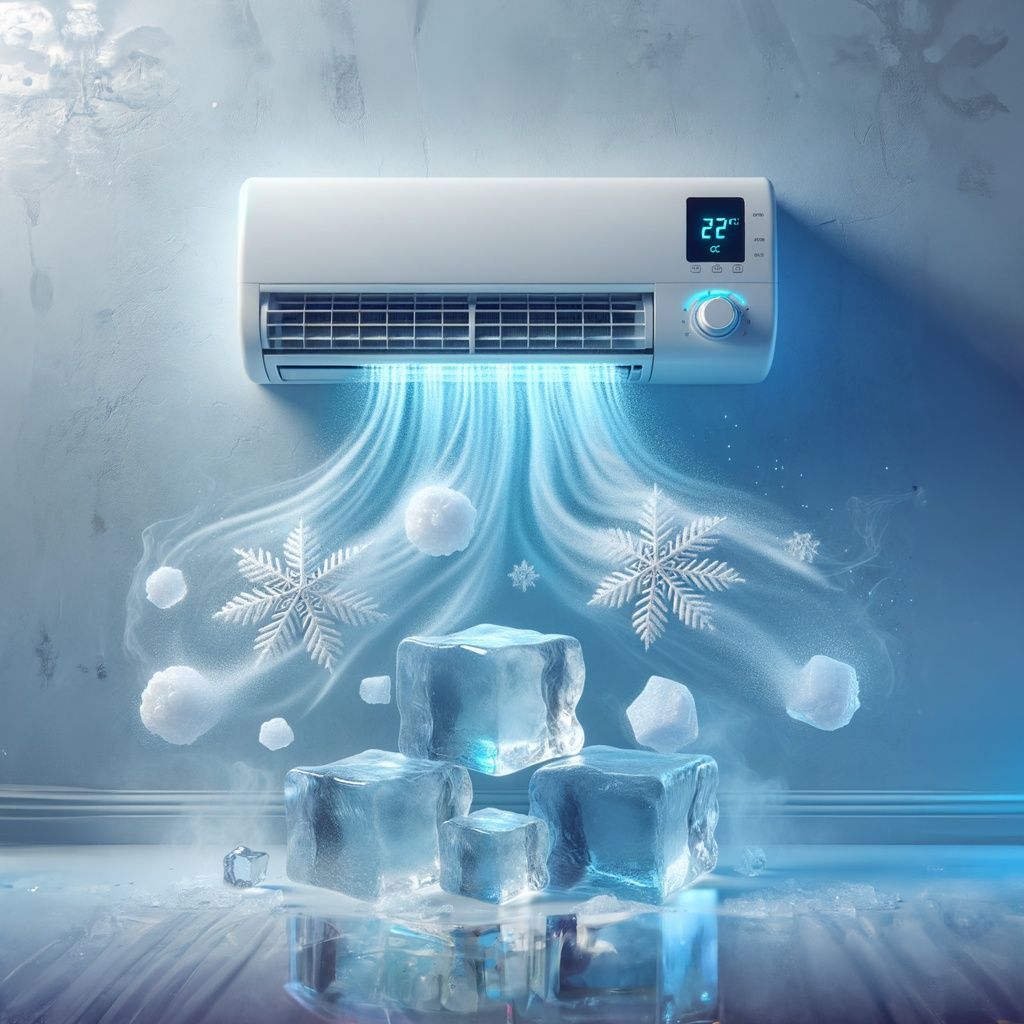
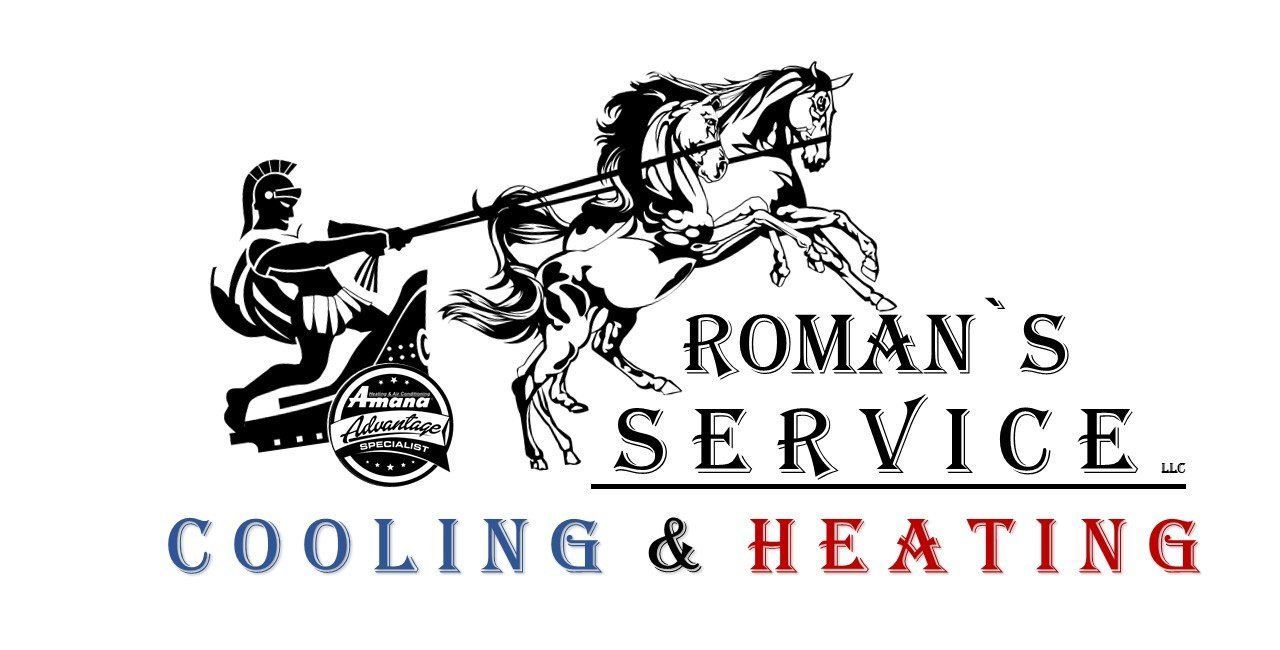
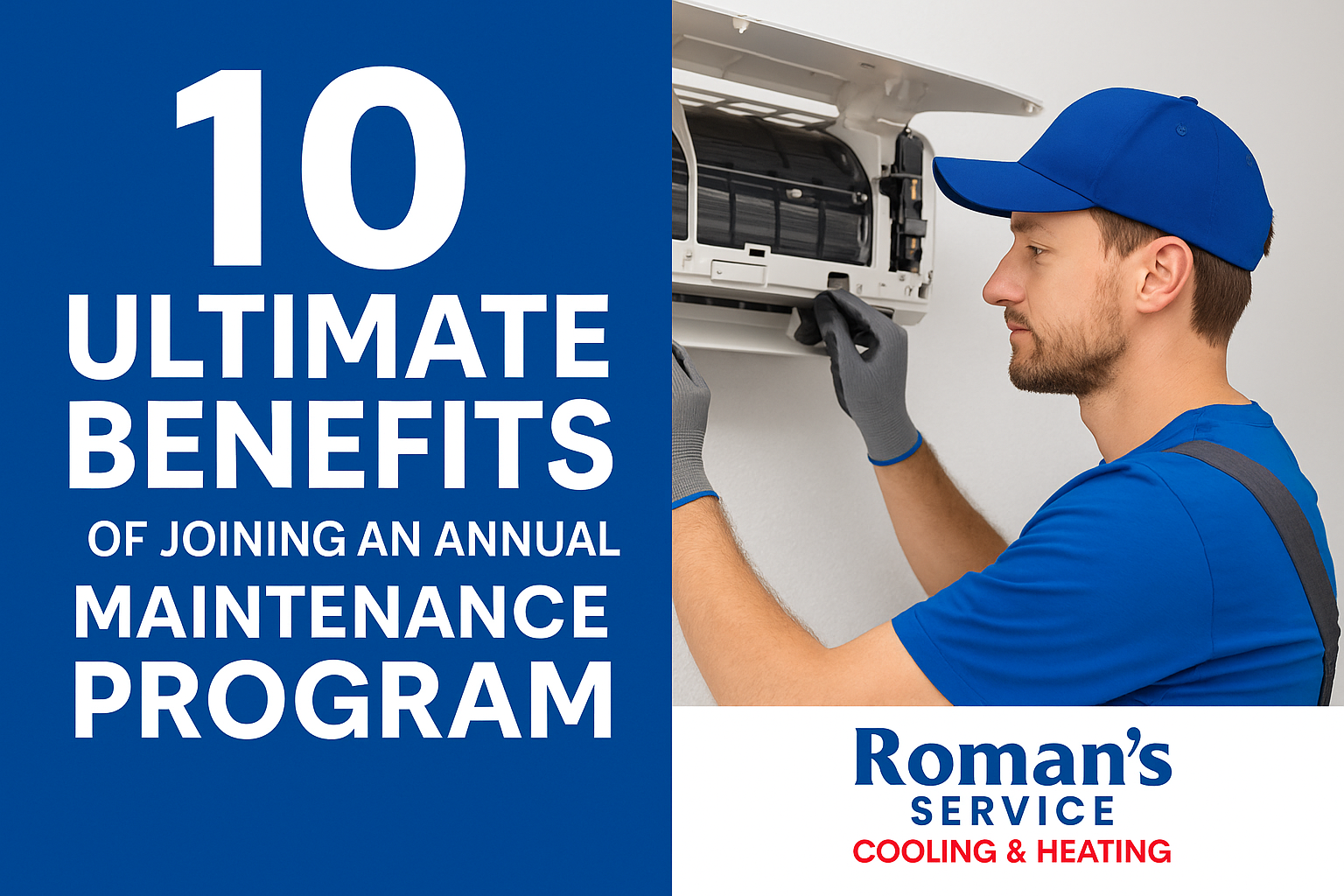
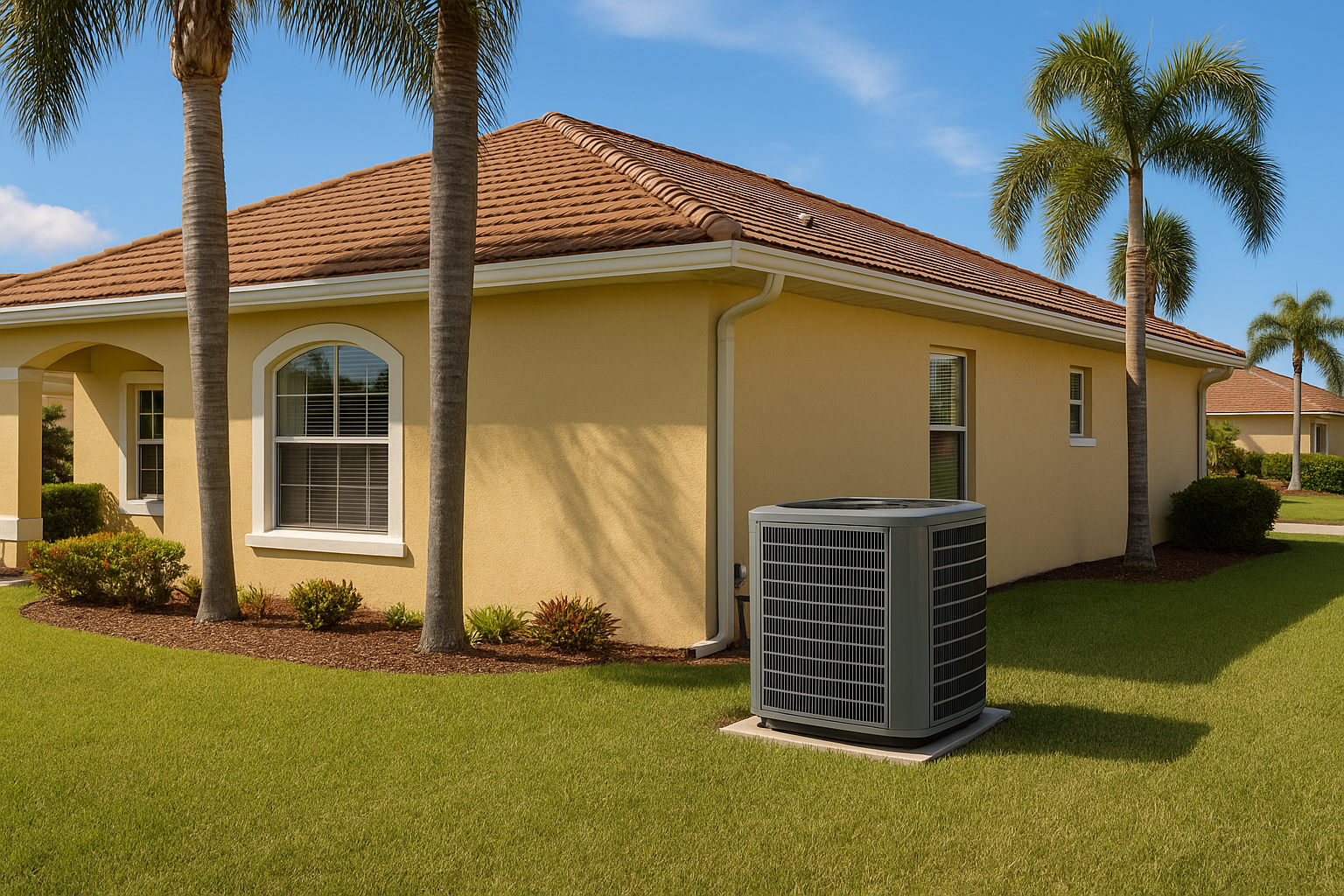
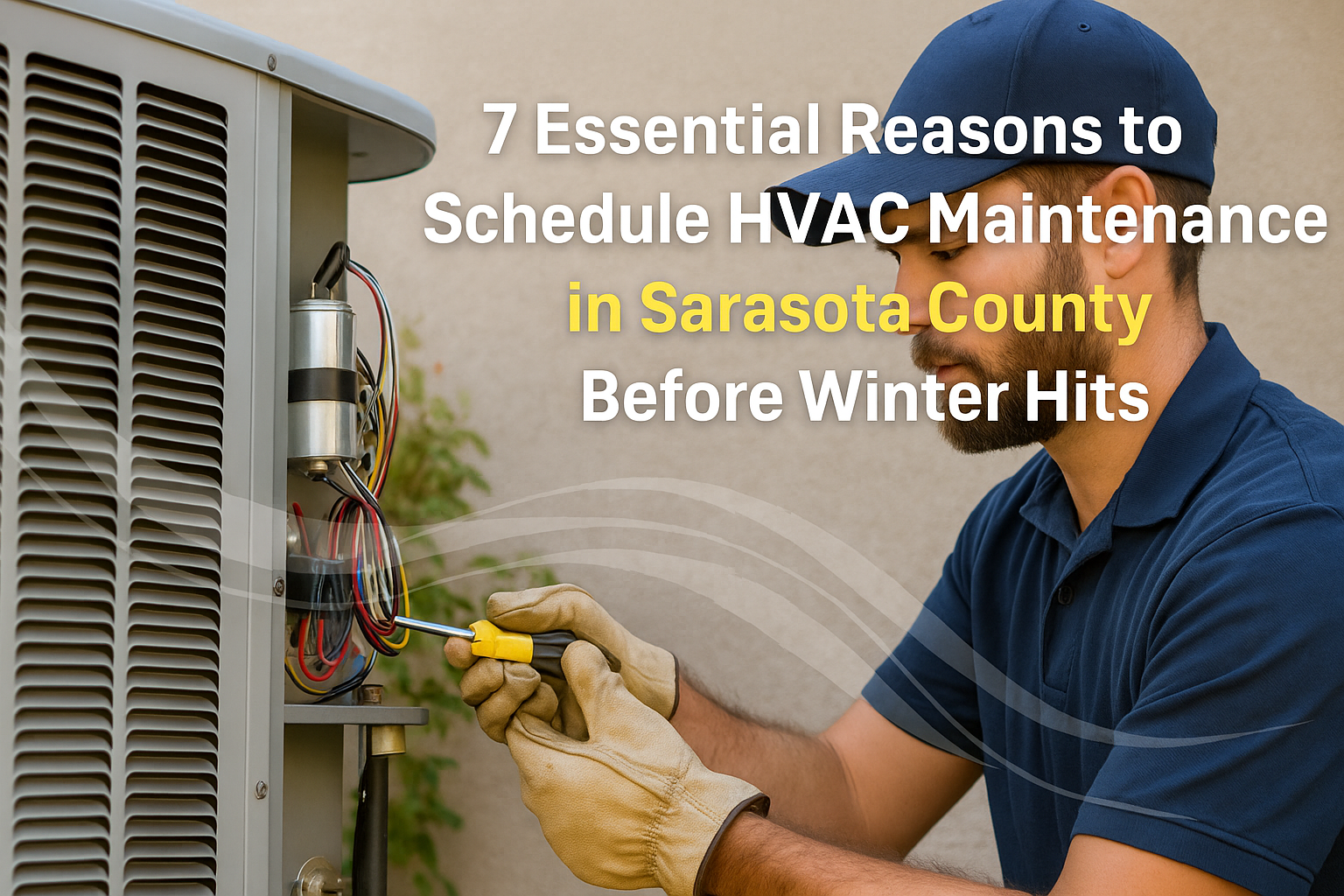


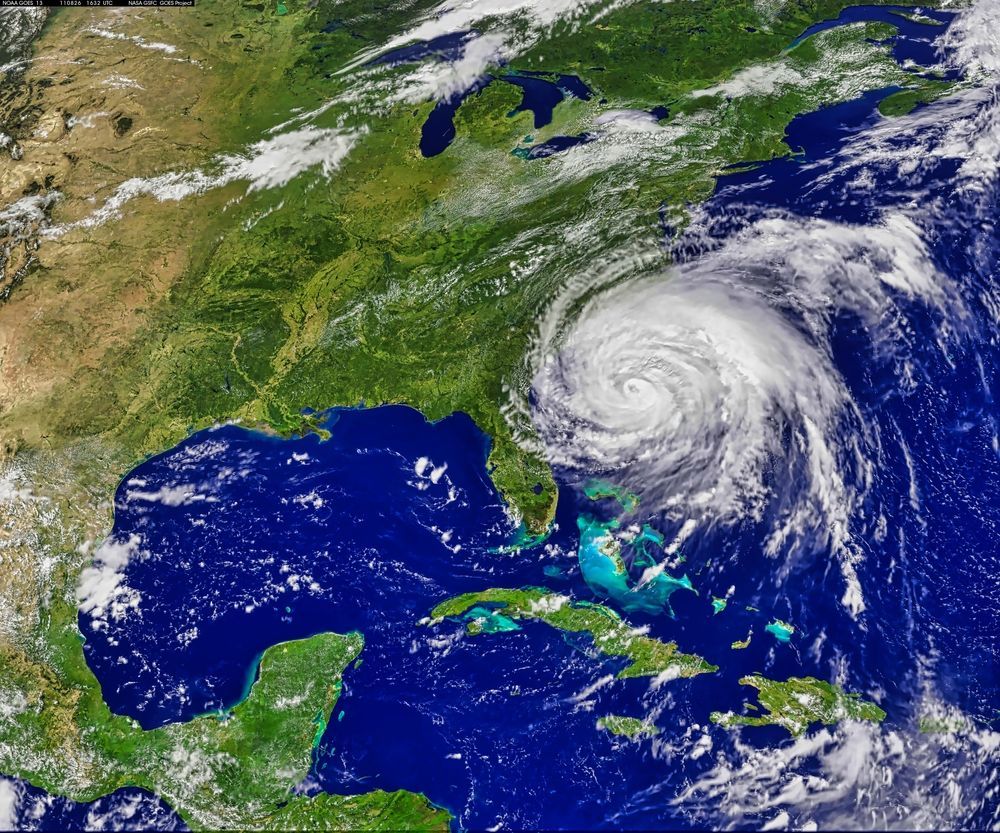
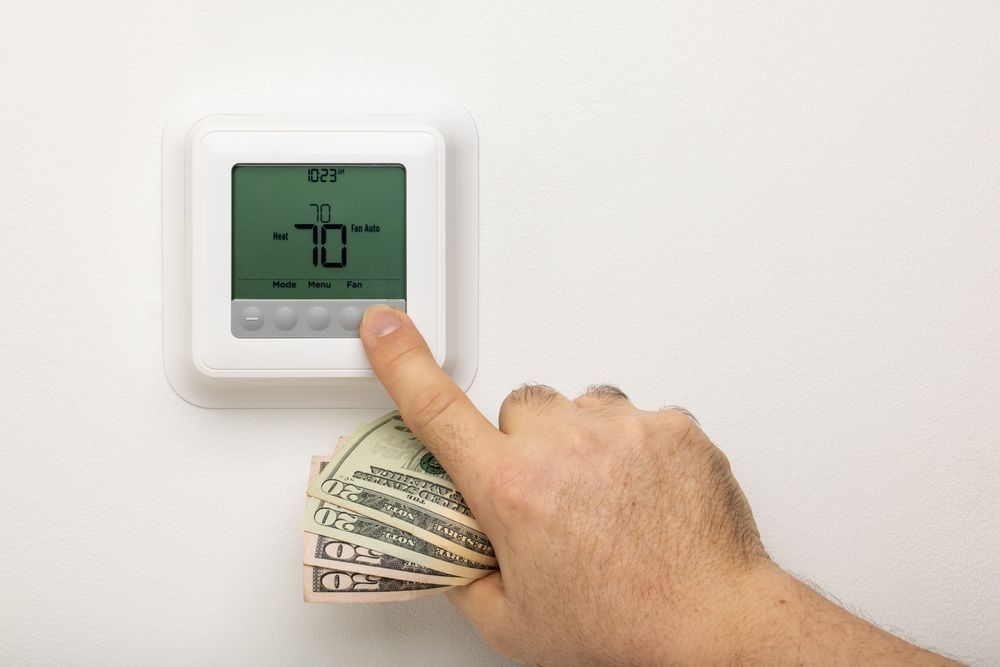

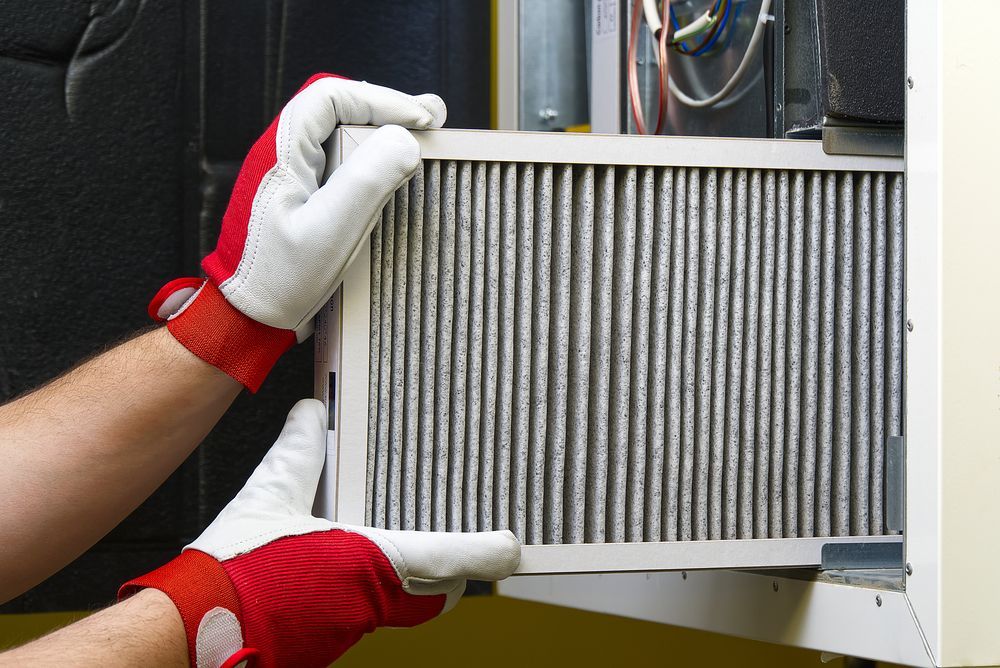
Share On: